“Father of our National Parks”
“Engineer, Naturalist, Philosopher, Geologist,
Biologist, Writer and Poet”;
Each skill refined in the one who defined,
How to walk the natural world and know it.
An immigrant from Scotland in eighteen forty-nine,
Early advocate for America’s grandeur;
Became “Father of our National Parks”,
Led the way, his name was John Muir.
© Forrest W. Heaton October 2018
Yes, good going to those of you who guessed that the second post in our trilogy on Immigration to America would focus on Scottish immigrant, John Muir. Muir was eleven when his family immigrated to Wisconsin to begin farming in the small town of Portage. The reason for their immigration appears to have been Muir’s father’s feeling that Scottish religious practices were not strict enough. Those writing on the subject agree Muir’s father regularly whipped his son for not properly memorizing scripture. It is reported that Muir, at age eleven, could recite from memory the New Testament and much of the Old Testament. It seems extraordinary, in retrospect, that a person experiencing such punishment at that young age could grow up to be such an intelligent, caring, sharing person, committed to the welfare of his fellow citizens, his new adopted country, and the planet!
In our book available on Amazon, The National Park Service Turns One Hundred, published in 2016, Mary & I closed the book with the famous photo of Muir sitting alone in the Sierra Nevada and included one of his many memorable quotes: “Keep close to Nature’s heart . . . and break clear away, once in a while, and climb a mountain or spend a week in the woods. Wash your spirit clean.” Wash your spirit clean! Isn’t that magnificent!
The lands we now know as Yosemite had been set aside in 1864, the first federal government action for preservation and public use of lands which led to the 1872 creation of Yellowstone, America’s and the world’s first National Park. Having set aside the California Sierra Nevada lands, the federal government then ceded the lands to the State of California where they received minimal management/protection from commercial exploitation. It was Muir’s three-day trip in May 1903 guiding President Theodore Roosevelt through Yosemite, sleeping on the ground in the snow with endless talking around the campfire, Muir encouraging the President not only to offer federal protection to Yosemite but to many of America’s extraordinary lands threatened by commercial exploitation. The impression Roosevelt took away from his three days with Muir led to the federal government’s 1906 resumption of control over the lands as Yosemite National Park. Muir walked, talked, wrote, sketched, and explained nature in such a way that we as a nation began to focus on resource conservation, forest preservation, wilderness protection, and environmental awareness. Muir went on to become known as the “Father of our National Parks” and defined, better than anyone before, the very manner in which we understand the natural world.
There are so many resources available on the internet on Muir that we feel it best to simply recommend to those of you who wish to learn more to explore the internet at your leisure. You will be rewarded the more you learn about this extraordinary individual. It will also help underscore Mary’s & my purpose for writing this trilogy: it is immigrants, descendants of immigrants and indigenous peoples who made and are making us the extraordinary nation we are becoming!
Should some of you wish to read or own perhaps one book on Muir, our recommendation is the same as the recommendation of Ken Burns and Dayton Duncan: “My First Summer in the Sierra,” by John Muir, the 100thAnniversary Illustrated Edition, Houghton Mifflin Harcourt, 2011, Forward by Dayton Duncan and Ken Burns. Quoting from the Forward: “Writing, Muir once said, is ‘like the life of a glacier, one eternal grind.’ My First Summer in the Sierra, his best and most enduring book, extends the analogy. Just as the unforgettable granite domes of Yosemite, so impressive, impassive, and seemingly impermeable, were molded and shaped by patient glaciation, each journal entry here has been sculpted and polished by the man who considered glaciers proof of ‘Nature as a poet, an enthusiastic workingman.’ ‘Everything in Nature called destruction must be creation, a change from beauty to beauty.’ Muir advises us in these pages, distilling what he learned during his life-changing three and a half months in the Sierra. In the mountains he called the ‘Range of Light,’ such insights come more easily, he said, because ‘everything is perfectly clean and pure and full of divine lessons . . . until the hand of God becomes visible.’” In our judgment, this book helps get you as close to walking the Sierra Nevada as one can get without actually walking the Sierra Nevada. We hope some of you will read it or own it. It is a masterpiece from the master.
We heard from a number of you about our post on this topic, appreciate your interest, and are happy our blog can help in a more reasoned discussion of life in America and on our planet today. The third post in our trilogy on Immigration to America, due in approximately one week, covers a female, whose forbearers were brought to America as slaves, whom thefederal government hired when she was eighty-five to tell stories about race, social change and immigrant contributions to America to live audiences. At age ninety-seven she’s still going strong, filling the halls, telling spellbinding stories about hundreds of thousands of people from varied countries and walks of life without whom we would have been not only poorer but possibly out of existence as the nation we know ourselves to be today. Stay tuned.

